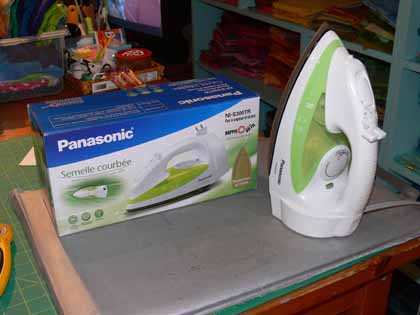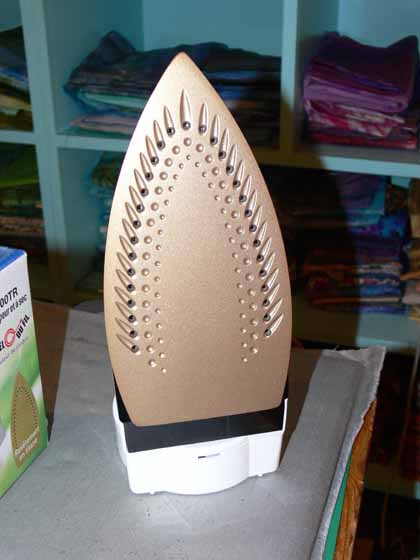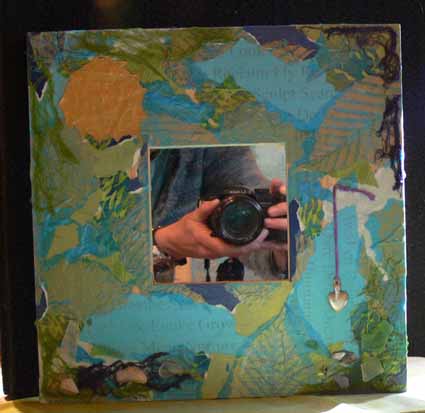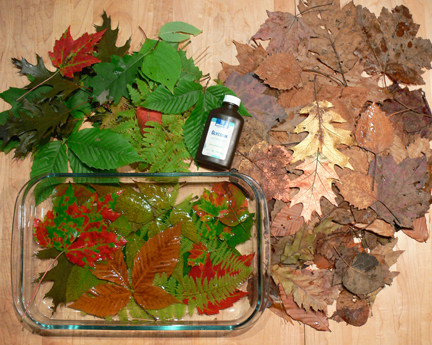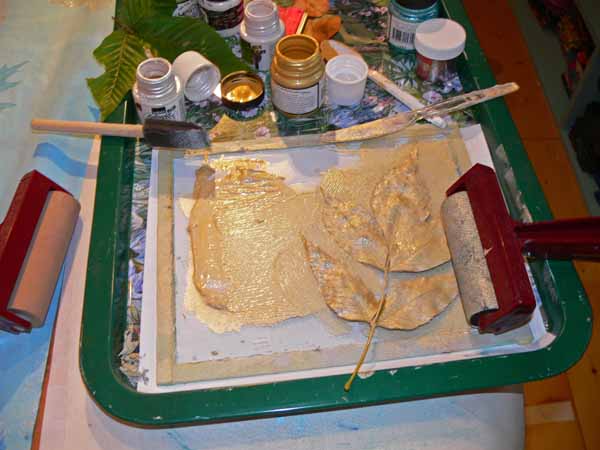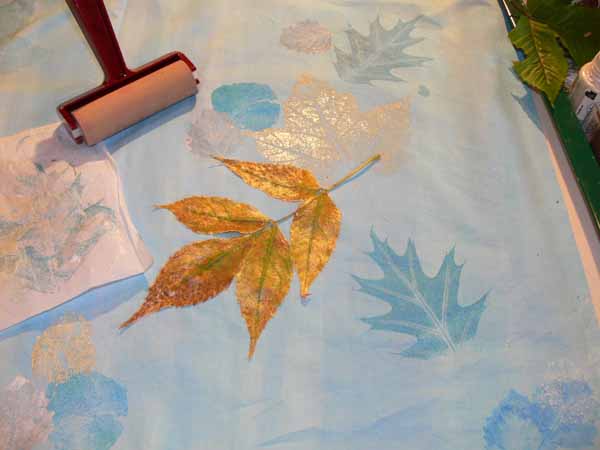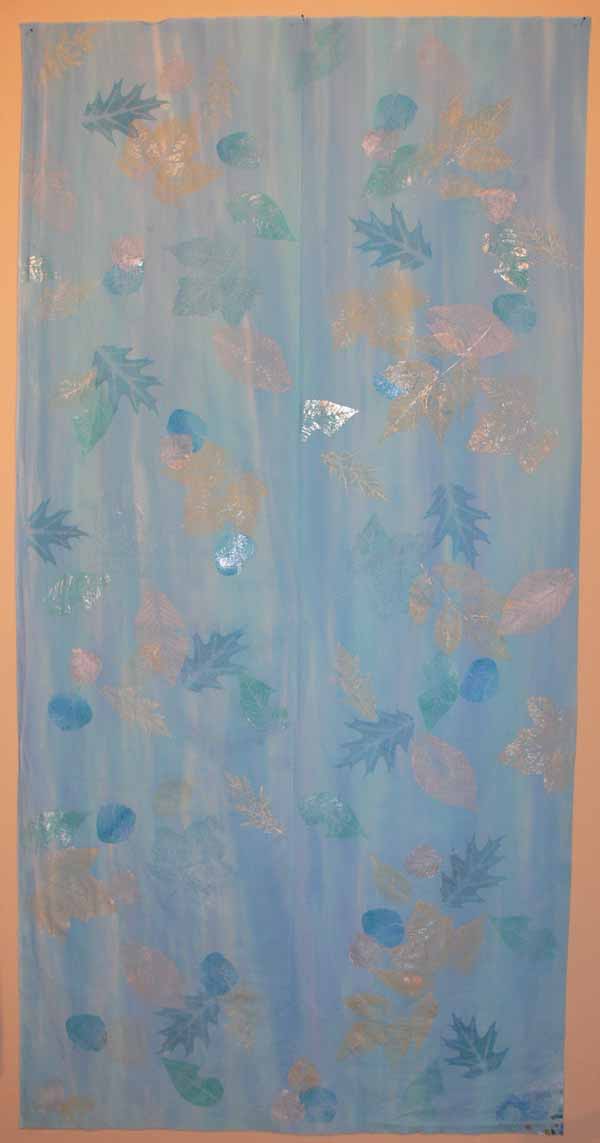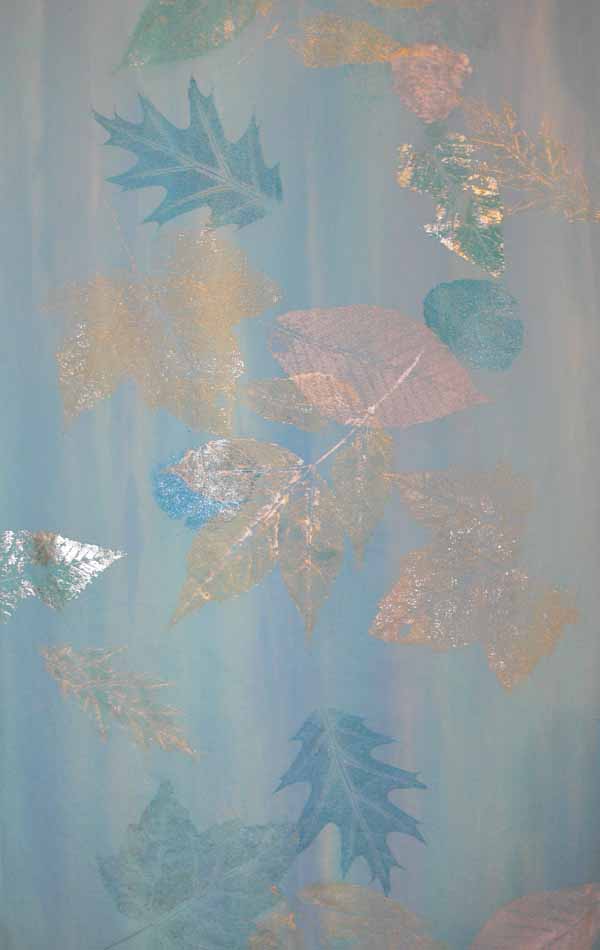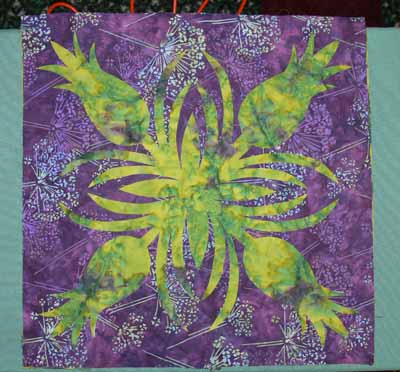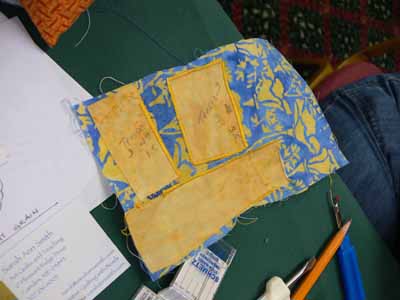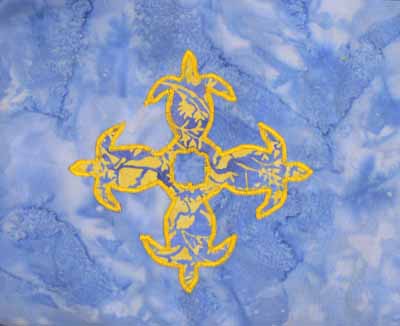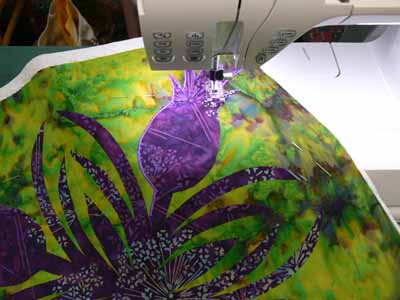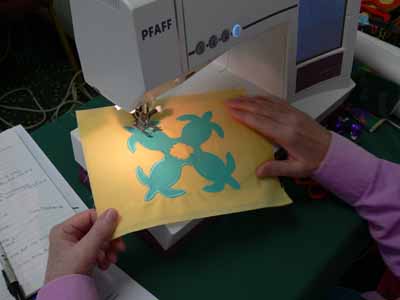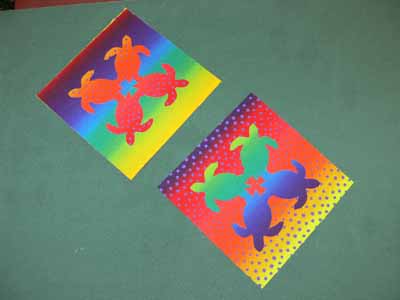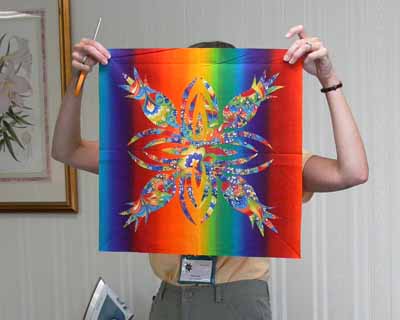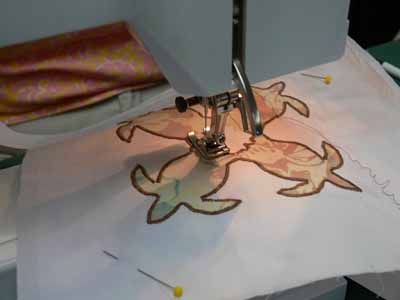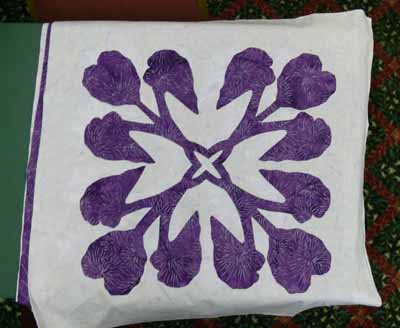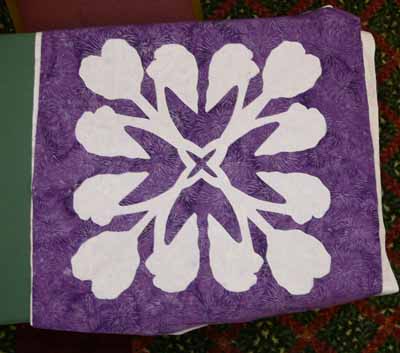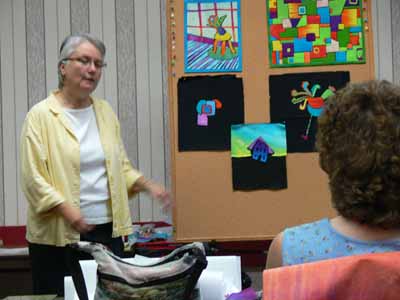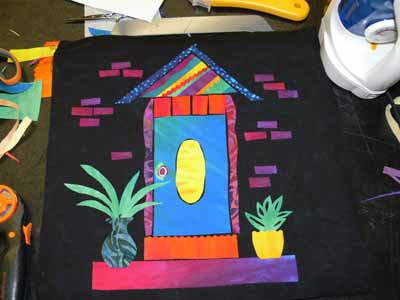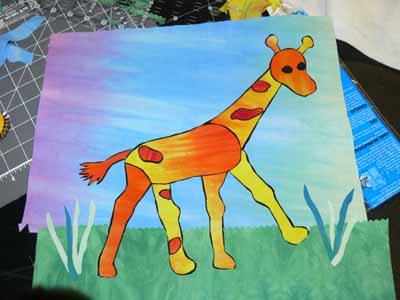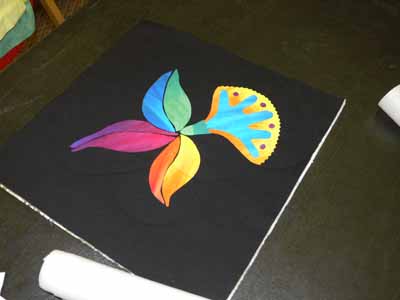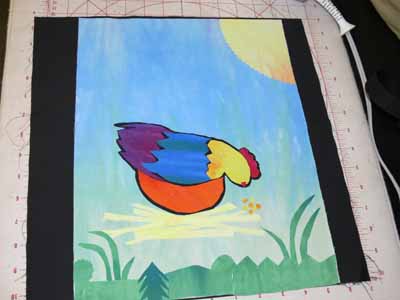How do you spell Joy? T-I-T-A-N-I-U-M
Thursday, November 6th, 2008Yes, I am waxing rhapsodic about an IRON! And the cherry on the sundae…it is lime green!
I had an iron by Panasonic with the Titanium soleplate for about 3 1/2 years before it died… I think the thermostat went haywire. Alas, calls to Panasonic said they couldn’t repair it…it was “too old.” Talk about a use-and-toss wasteful society! Snarl… anyway, I couldn’t figure out a way to open it up without breaking the plastic housing, meaning even if I could find a handyman and the parts, or figure it out myself, I wouldn’t be able to re-assemble it. Internet searches turned up the iron I wanted… In MALAYSIA! Well, that wouldn’t work…
See, the problem is that MY definition of non-stick is different from most people, and different from iron manufacturers. To the companies that make irons, “non-stick” means doesn’t stick to fabric (well DUH) or to starch or spray sizing. To ME, non-stick means you can get fusible adhesive web (Misty Fuse being my favorite, order here, or Wonder Under in a pinch) on the iron and wipe it off. Other “non-stick” irons just didn’t cut it…only the golden-colored titanium soleplate seemed to make the critical difference. The specifics:
Panasonic NI-S300 TR 1200-Watt Steam Iron with Curved Titanium-Coated Soleplate, white/green
YES… it is TRUE! You can put this iron down on top of fusible web, melt it all over the place onto the iron, then WIPE IT OFF with a paper towel! No gunky mess, no “Iron-Off” brand hot iron cleaner with its seemingly-toxic fumes (that set off the smoke alarms!), no smelly dryer sheets to try to clean the iron, no scratchy salt-on-washcloth to try to clean the stuff off…. just wipe and go!
And where can you get this lime green beauty… AMAZON.com of course! Here’s the link:
LINK TO Fuser’s Joy IRON by Panasonic
I can share this link now that I have mine…and my back-up iron is on order! Yes, I have ordered a second, brand new iron as a back up for when this one dies…that’s how much I love these irons.
The only caveats I would add is that the soleplate can get scratched from pins, and after being dropped several times mine died after 3 1/2 years. For $30, I can live with that. I used to spend that much just on Iron Off or Faultless Hot Iron cleaner, and now I don’t have to breathe those nasty fumes from the cleaning products.
OK, I will now STOP raving about this wonderful iron…..

